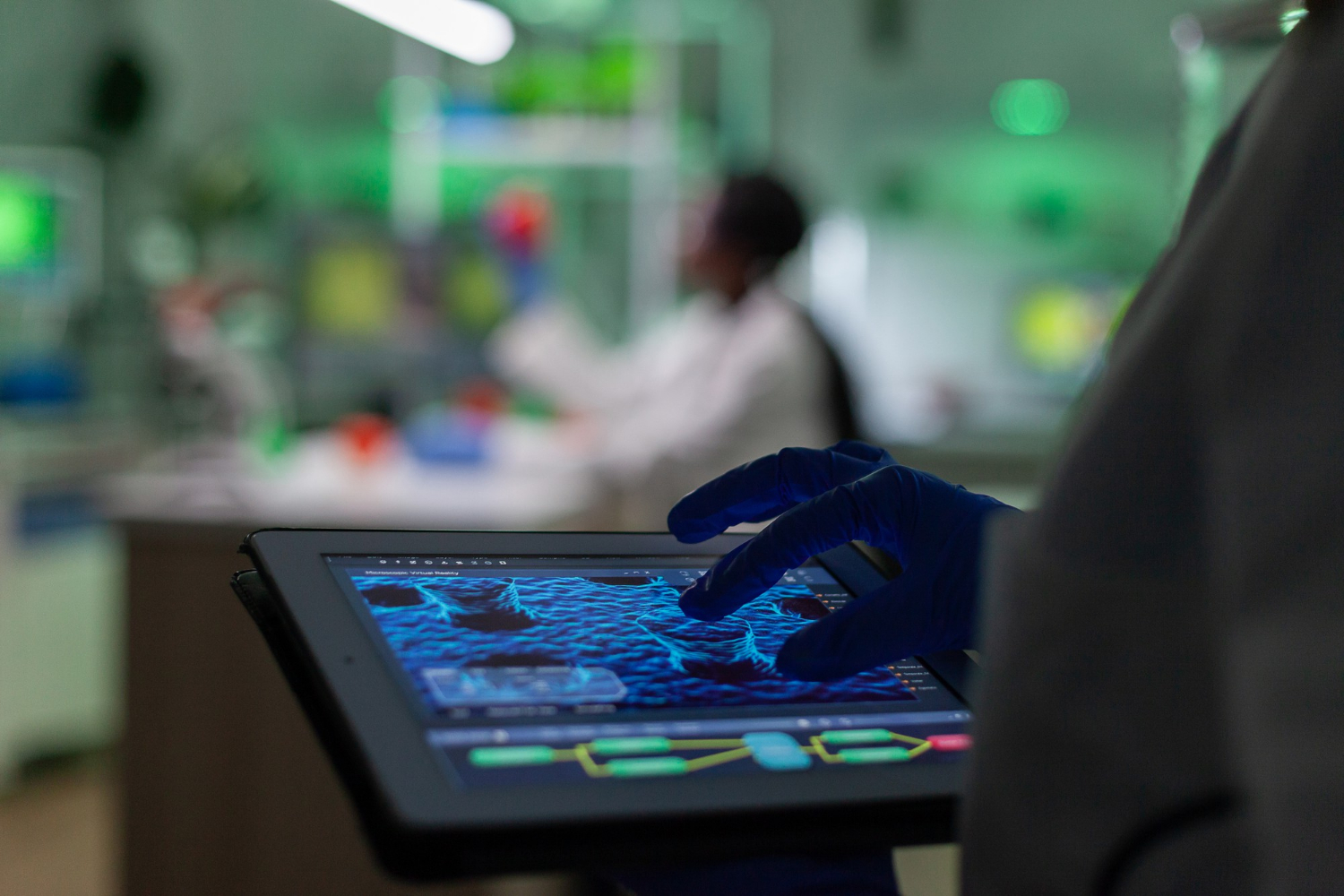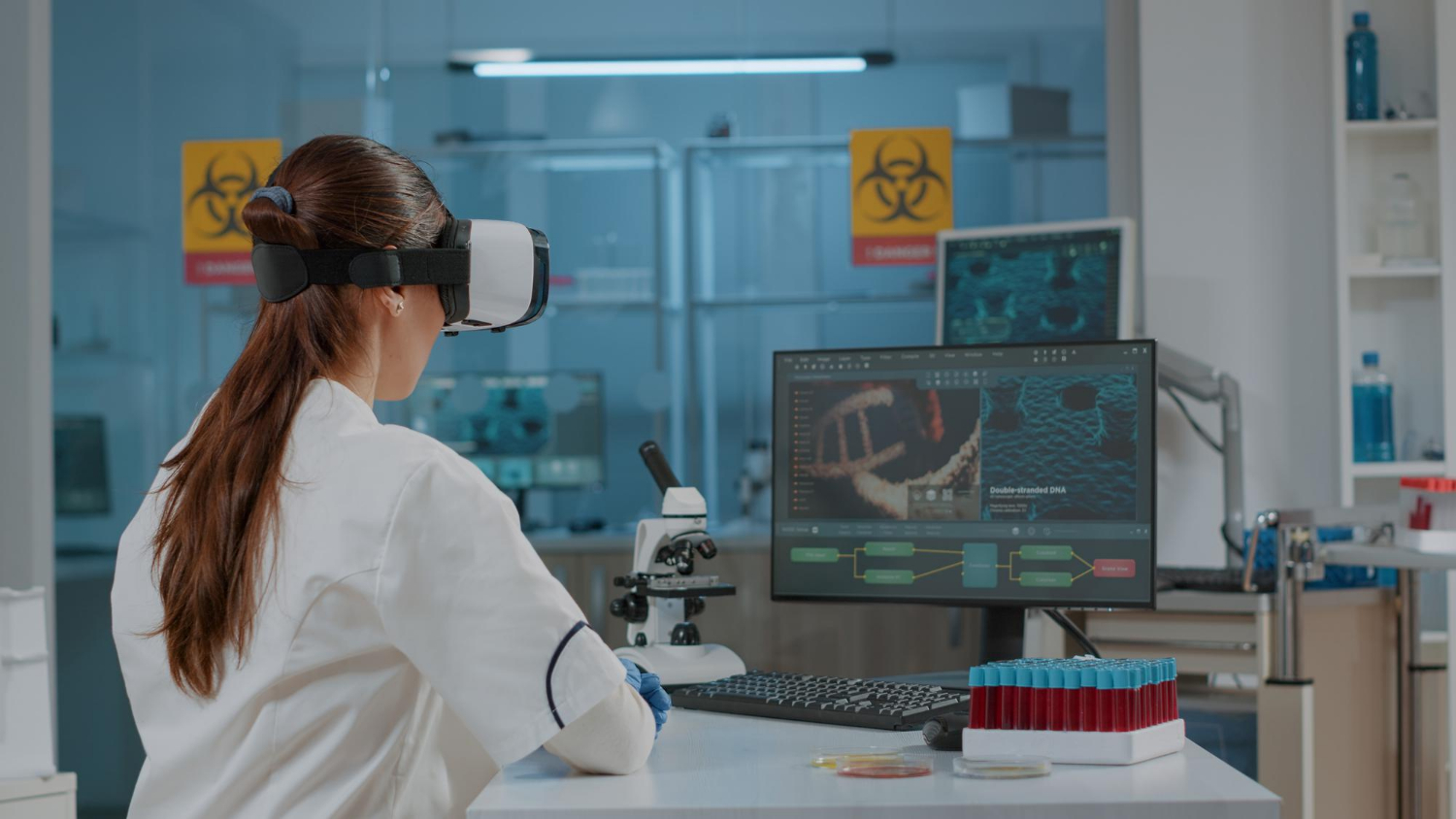Role of AI in Pharma Quality Control Labs
AI in pharma is changing how pharmaceutical companies manage quality control. Traditional methods are time consuming and prone to human error. Modern systems use AI to monitor production processes, analyse data in real time, and ensure compliance with strict standards. This shift improves efficiency and supports customer satisfaction.
Quality control is critical in the pharmaceutical industry. Every product must meet safety and efficacy requirements before reaching patients. AI-driven tools streamline the quality control process, reducing delays and improving accuracy. These systems help companies maintain consistency across manufacturing processes and clinical trials.
Why Quality Control Matters in Drug Development
Drug development involves multiple stages, from research and development to product development and distribution. Each stage requires strict monitoring to ensure quality. Raw materials must meet specifications. Finished products must comply with regulatory standards. Any deviation can lead to costly recalls or safety risks.
Quality control labs play a central role in ensuring quality. They test samples, analyse data, and document results. These tasks are essential but often time consuming. AI automates many of these processes, reducing manual effort and improving reliability. Real-time analysis allows teams to detect issues early and take corrective actions before problems escalate.
How AI Improves Quality Control Processes
AI systems process large volumes of data quickly. They monitor control charts, identify trends, and flag anomalies. This capability supports proactive decision-making. Instead of reacting to failures, companies can prevent them. AI also predicts patient responses during clinical trials, helping researchers design safer and more effective treatments.
In manufacturing processes, AI tracks production parameters and ensures compliance. It analyses temperature, pressure, and chemical composition in real time. When deviations occur, the system recommends corrective actions immediately. This reduces waste and improves efficiency. Pharmaceutical companies save time and reduce costs while maintaining high standards.
Read more: Generative AI for Drug Discovery and Pharma Innovation
Benefits for Pharmaceutical Companies
AI in pharma quality control offers several advantages:
-
Speed: Automated systems complete tasks faster than manual methods.
-
Accuracy: AI reduces human error and improves consistency.
-
Cost Reduction: Early detection of issues prevents expensive recalls.
-
Compliance: Detailed documentation supports regulatory requirements.
These benefits make AI a strategic tool for the pharmaceutical industry. Companies that adopt AI-driven quality control gain a competitive edge in product development and customer satisfaction.
Real-Time Monitoring and Predictive Analytics
Real-time monitoring is essential for modern quality control. AI systems analyse data as it is generated, allowing immediate responses. This capability supports continuous improvement in production processes. Predictive analytics adds another layer of value. By studying historical data, AI forecasts potential issues and suggests preventive measures.
For example, if raw materials show signs of variability, AI alerts teams before production begins. This proactive approach reduces waste and ensures quality. Predictive models also help optimise clinical trials by identifying patient groups most likely to respond positively. These insights improve outcomes and reduce costs.
Challenges and Solutions
Implementing AI in pharma quality control is not without challenges. Systems require high-quality data and robust infrastructure. Integration with existing workflows can be complex. Staff may need training to use new tools effectively.
Solutions include phased adoption and collaboration with technology providers. Starting with pilot projects allows companies to test capabilities without disrupting operations. Investing in training ensures teams understand how to interpret AI outputs and apply corrective actions. These steps make implementation smoother and more successful.
Read more: Real-Time Vision Systems for High-Performance Computing
Predictive Analytics for Smarter Decisions
Predictive analytics is becoming a core feature of AI in pharma quality control. These systems analyse historical data from manufacturing processes and clinical trials to forecast potential issues. By identifying patterns, AI predicts where deviations might occur and suggests preventive measures. This proactive approach reduces risks and ensures quality before problems arise.
For example, if raw materials show signs of inconsistency, AI alerts teams immediately. Corrective actions can then be taken before production begins. This saves time and prevents costly errors. Predictive models also help optimise product development by estimating how changes in formulation could affect outcomes. These insights improve efficiency and support customer satisfaction.
Compliance and Documentation Made Easier
Regulatory compliance is a major challenge for pharmaceutical companies. Quality control labs must maintain detailed records of every test and adjustment. Manual documentation is time consuming and prone to mistakes. AI simplifies this process by generating accurate reports automatically. Systems record data in real time and store it securely, ensuring transparency.
Automated documentation supports audits and inspections. When regulators review processes, companies can provide clear evidence of compliance. This reduces stress and speeds approval for new products or services. AI-driven reporting also improves internal communication, making it easier for teams to share updates and coordinate corrective actions.
Automation and Future Integration
Automation is the next step for quality control labs. AI systems will integrate with robotics to handle sample preparation and testing. This combination will reduce manual work and improve consistency. Automated workflows will manage everything from raw materials to finished products, ensuring quality at every stage.
Future systems will also connect with predictive models to create adaptive processes. When AI detects a potential issue, it will adjust parameters automatically. This real-time response will make production more efficient and reduce waste. Pharmaceutical companies will benefit from lower costs and faster turnaround times.
As technology advances, AI will play an even bigger role in research and development. It will support personalised medicine by predicting patient responses and tailoring treatments. These innovations will make the pharmaceutical industry more agile and responsive to global health needs.
Future Trends in Quality Control
The future of AI in pharma quality control looks promising. Systems will become more advanced, offering deeper insights and faster responses. Integration with robotics will enable automated sample handling and testing. AI agents will manage workflows from raw materials to finished products, creating seamless processes.
Personalised medicine will also benefit. AI will predict patient responses more accurately, improving treatment outcomes. Real-time monitoring will become standard across all stages of drug development. These trends point to a future where quality control is faster, smarter, and more reliable.
Read more: AI-Driven Drug Discovery: The Future of Biotech
TechnoLynx: Your Partner for AI-Driven Quality Control
TechnoLynx helps pharmaceutical companies implement AI in quality control labs with confidence. We design solutions that combine real-time monitoring, predictive analytics, and automated reporting. Our solutions support research and development, manufacturing processes, and clinical trials.
We provide state-of-the-art hardware and software tailored to your needs. Our team integrates AI tools into existing workflows and offers ongoing support. With TechnoLynx, you gain a partner committed to improving efficiency, reducing costs, and ensuring quality across all products or services.
Let’s connect and explore how our solutions can boost your Quality Control systems!
Image credits: Freepik













